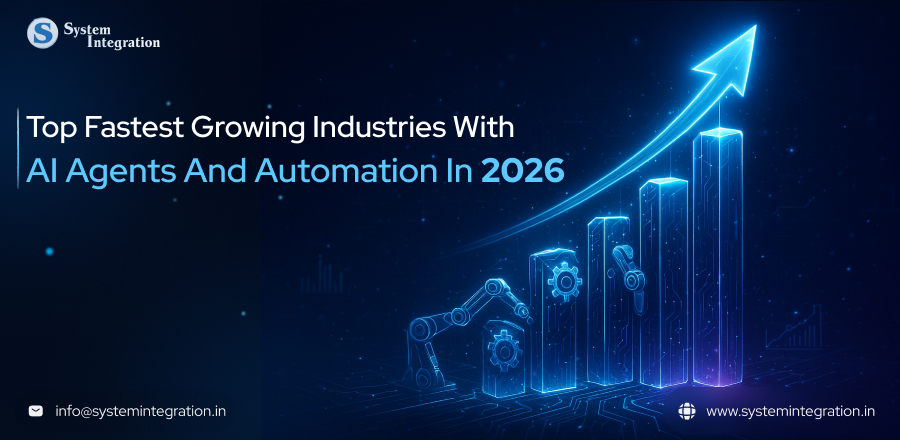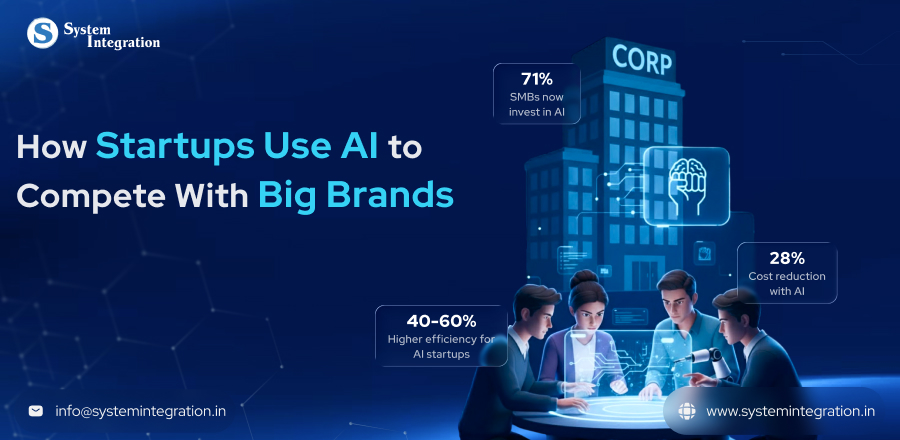Introduction
In today’s fast-paced industrial environment, factory efficiency is no longer a nice-to-have — it’s the backbone of survival and success. With complex production line scheduling, increasing customization demands, and tighter delivery timelines, choosing the right sequencing software for your factory is not just a technical decision — it’s a strategic one.
If you’re evaluating options to streamline operations, reduce errors, and boost throughput, this guide is for you. Let’s break it down, step-by-step.
What is Sequencing Software?
Sequencing software is a type of shop floor management software that ensures parts, components, or jobs are processed in the exact order needed — based on customer demand, inventory, or assembly line priorities.
Whether you’re operating with just-in-time (JIT) or just-in-sequence (JIS) models, sequencing software acts as the digital brain behind your operations, ensuring the right component arrives at the right place, at the right time.
Why is Sequencing Software Crucial for Modern Factories?
Here’s what’s really happening behind the scenes in modern manufacturing:
- Shorter lead times
- Mass customization requests
- Real-time visibility expectations
- Demand for zero error tolerance
To meet these challenges, relying solely on spreadsheets or traditional ERP is not enough. That’s where sequencing software and robust shop floor automation tools come in — turning chaos into coordinated precision.
Key Factors to consider while choosing Sequencing Software
Let’s explore the most essential features and decision points.
- Compatibility with Your Existing Systems
Before you jump into any flashy dashboard or real-time alerts, check whether the sequencing software integrates well with:- Your MES (Manufacturing Execution System)
- ERP platforms
- Barcode/RFID systems
- PLCs and machine-level controllers
- Supports JIT and JIS Models
Your operations might be running on just-in-time principles, but with increasing demand for personalization, just-in-sequence (JIS) becomes a game-changer. Ensure your software supports both models and allows flexible switchovers.Explore platforms specifically designed to handle just-in-time and just-in-sequence models, enabling leaner workflows and fewer storage requirements.
- Scalability and Customization
Your factory is dynamic — your software should be too.Look for custom factory software solutions that allow configuration based on your plant layout, product variants, station logic, or volume fluctuations.
- Real-time Shop Floor Visibility
Modern shop floor software should give you:- Real-time job tracking
- Alerts for sequencing mismatches
- Dashboards with current vs. planned sequence
- Predictive re-sequencing based on machine downtimes or material delays
This bridges the gap between planning and execution, bringing true agility to your floor.
- Cloud vs. On-premise Considerations
Think long-term:- Need multi-plant coordination?
- Require mobile access?
- Planning global expansions?
Then cloud-based factory automation software is your best bet. However, for facilities with strict data governance or latency concerns, hybrid or on-premise models might be safer.
- Analytics & Decision Support
The right tool doesn’t just execute — it empowers you to improve.
Choose a platform with strong reporting and analytics, ideally integrating with your manufacturing execution system for advanced KPIs like:- Sequence adherence rate
- WIP sequencing delays
- Changeover effectiveness
- Vendor Experience in Industrial Automation
Don’t just buy software — partner with experts. Work with vendors who understand industrial automation software and have proven experience with sequencing in your specific industry (automotive, electronics, FMCG, etc.).

What Happens When You Get It Right?
A well-implemented sequencing solution can:
- Increase throughput by 20–30%
- Reduce sequencing errors by 90%+
- Improve on-time delivery rates
- Optimize machine utilization
- Cut down operator decision fatigue
It also acts as a catalyst in your journey of digital transformation in manufacturing — unlocking new efficiencies across departments.
Top Features to Look For (Quick Checklist)
| ✅ JIT/JIS support | ✅ Alert and notification system |
| ✅ MES/ERP Integration | ✅ Customizable UI |
| ✅ Real-time dashboards | ✅ Role-based access control |
| ✅ Mobile access | ✅ Batch & continuous processing support |
| ✅ AI-driven rescheduling |
Final Thoughts: Make It a Strategic Investment
Choosing the right sequencing software isn’t just an IT task — it’s a strategic move toward a more efficient, agile, and customer-responsive factory.
Whether you’re upgrading from manual methods or replacing legacy tools, remember that the best software will align with your people, process, and production goals. Don’t settle for generic platforms. Instead, explore tailored shop floor automation tools that empower your teams and future-proof your operations.
Looking for Guidance?
Need help assessing your current capabilities or want expert insights into sequencing implementation?
We specialize in custom factory software solutions — from planning to deployment, ensuring your system is ready to handle today’s complexity and tomorrow’s scalability.
Would you like a free consultation or a demo of sequencing tools tailored to your operations?
FAQs
Sequencing software in manufacturing is a digital tool used to arrange production tasks or components in an optimal order. It ensures the right parts, materials, or operations are processed at the right time, improving coordination across the production line.
Factories need sequencing software to:
- Minimize production delays
- Reduce inventory waste
- Improve throughput and product quality
- Align production with just-in-time or just-in-sequence models
- Adapt quickly to order changes or disruptions
It helps manufacturers stay efficient, responsive, and cost-effective.
Key features to look for include:
- Real-time production scheduling
- Integration with ERP or MES systems
- Visual dashboards and analytics
- Customizable rules for sequencing logic
- Support for JIT/JIS manufacturing
- Cloud or on-premise deployment options
- Compatibility with shop floor devices
Sequencing software boosts efficiency by:
- Reducing idle time between processes
- Preventing bottlenecks in production
- Ensuring accurate part delivery to the line
- Automating repetitive scheduling tasks
- Enhancing visibility into manufacturing flow
This leads to faster output and better resource utilization.
Yes, modern sequencing software often integrates seamlessly with ERP (Enterprise Resource Planning) and MES (Manufacturing Execution Systems). This ensures data synchronization across inventory, scheduling, and operations, creating a unified and streamlined production environment.
Absolutely. Many sequencing tools are scalable and offer affordable plans for small manufacturers. Smaller units benefit by automating manual scheduling, improving delivery accuracy, and increasing operational control without the overhead of complex systems.





